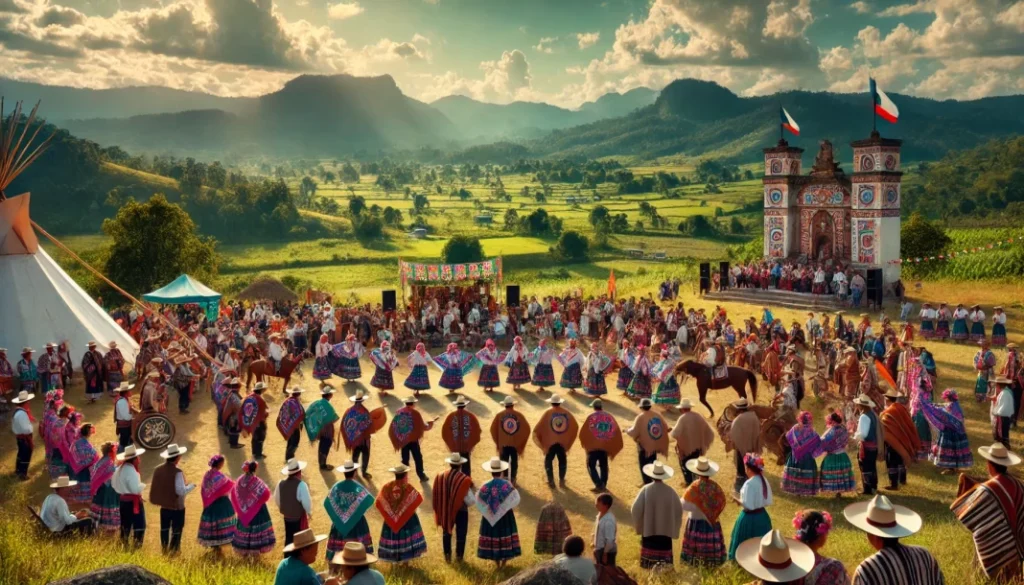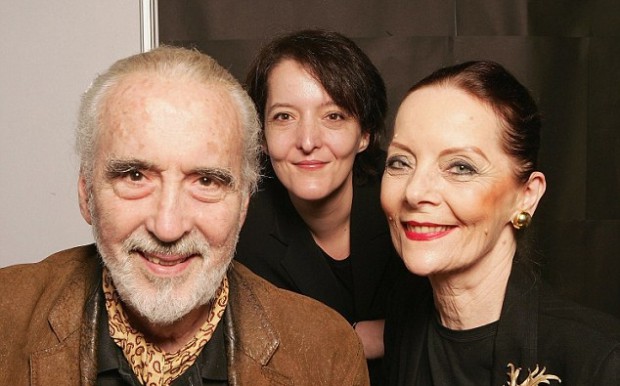Ciulioneros: The Soulful Guardians of Tradition
When we think about culture, it is not just about books, paintings, or monuments—it’s about the living practices that pass from one generation to another. One such beautiful tradition that thrives deep within South America is the story of the Ciulioneros. They are not just performers who play music or dance on a stage. They are carriers of memory, storytellers of forgotten tales, and guardians of identity who keep history alive through rhythm, movement, and expression.
To truly understand the Ciulioneros, you need to imagine the setting: a small town surrounded by mountains, a festival unfolding in the town square, and the sound of drums and flutes echoing through the air. Children gather wide-eyed, elders nod knowingly, and everyone feels the pulse of belonging. That is what the Ciulioneros create—a space where tradition is more than remembered; it is lived.
Who Exactly Are the Ciulioneros?
The word Ciulioneros may sound unfamiliar to many outside of South America, but within their communities, it carries profound weight. They are cultural performers rooted in folklore, representing centuries of stories, myths, and rituals. Unlike modern entertainers who focus purely on spectacle, the Ciulioneros are storytellers at heart. Every song they sing, every step they take, and every gesture they perform carries a piece of history.
Their performances often blend music, dance, and oral storytelling. You might see a group of Ciulioneros draped in colorful garments, their costumes reflecting the symbols of nature, agriculture, and ancestry. The instruments they use are equally symbolic—wooden flutes representing wind, drums echoing the heartbeat of the earth, and rattles symbolizing the movement of spirits. Together, they create an atmosphere that feels sacred and celebratory at the same time.
The Roots of a Living Tradition
Traditions like those of the Ciulioneros rarely emerge overnight. They are the product of centuries of blending between indigenous practices, colonial influences, and the natural rhythm of community life. South America, as a continent, is rich in indigenous heritage, and the Ciulioneros embody this richness.
Many historians and cultural observers believe their art form grew from ritual celebrations connected to harvests, fertility, and seasonal cycles. For indigenous people, music and dance were never just for entertainment—they were prayers, invocations, and expressions of gratitude. Over time, as cultures mixed and societies changed, these practices evolved into performances that we now associate with the Ciulioneros.
This evolution is key to their survival. Instead of being rigid and frozen in time, the Ciulioneros adapt. They preserve the soul of their traditions while allowing new generations to find meaning in them.
The Power of Storytelling Through Performance
What makes the Ciulioneros extraordinary is their ability to tell stories without books or scripts. Storytelling is their greatest weapon in keeping culture alive. Through symbolic dances, they narrate myths of creation, tales of heroic ancestors, and lessons of morality.
For example, a performance might show the eternal struggle between light and darkness, represented by dancers in contrasting costumes. Another may depict the unity of humans and nature, with performers imitating the movement of animals, rivers, and winds. The music provides more than rhythm—it acts as the voice of unseen characters, guiding the audience through the narrative.
This is not just about preserving old myths; it is also about teaching values. Children watching the Ciulioneros learn respect for nature, the importance of community, and the dignity of their roots. In this sense, their art is both entertaining and educational.
Bringing Communities Together
One of the most remarkable aspects of the Ciulioneros is their role in uniting communities. Festivals featuring them are not exclusive events; they are inclusive celebrations. Everyone, from children to the elderly, participates in some way—whether through dancing, singing, preparing costumes, or simply being part of the gathering.
This communal experience strengthens bonds. In modern societies, where individualism often dominates, the Ciulioneros remind us of the power of togetherness. Their presence at festivals turns the event into a bridge that connects generations, ensuring that the wisdom of the elders flows to the youth.
The Spirit of Resilience
It is important to recognize that traditions like the Ciulioneros have not always had an easy path. There were times when indigenous expressions were suppressed or dismissed as primitive. Colonial and later political influences often tried to silence them. Yet, the Ciulioneros survived.
Their survival is a story of resilience. Communities held on to their traditions quietly, passing them down in private gatherings, keeping the music alive in secret, and rehearsing dances even when public performances were discouraged. Today, their art thrives not just as entertainment but as a symbol of cultural pride and resistance.
Ciulioneros in Modern Times
As the world changes, so do the Ciulioneros. While they maintain their deep roots in folklore, many groups have embraced modern platforms to share their traditions. Social media, cultural festivals, and educational programs have become avenues where younger generations discover and appreciate this art.
Interestingly, the Ciulioneros are also inspiring contemporary artists. Musicians sample their rhythms, dancers incorporate their movements into new choreographies, and even fashion designers take inspiration from their vibrant costumes. This blending does not dilute their culture; rather, it brings it into dialogue with the modern world, ensuring that the Ciulioneros remain relevant.
The Symbolism of Their Art
If you pay close attention to a Ciulioneros performance, you will notice that everything has meaning. Their costumes, often bright and full of patterns, symbolize fertility, harvest, and the natural elements. Colors like red may represent the energy of the sun, while blue could symbolize water and life.
The instruments are equally rich in meaning. Drums are not just for rhythm; they represent the heartbeat of the earth, connecting performers and audiences to their ancestors. Flutes, often handmade, create melodies that mirror the sound of wind across the mountains. Rattles and bells echo the presence of spirits, making the performance both earthly and divine.
This attention to symbolism transforms their performances into more than spectacles. They become living rituals, grounding audiences in a sense of sacredness that transcends ordinary entertainment.
Why the Ciulioneros Matter Today
In our fast-paced world, where digital screens dominate and traditions often fade, the Ciulioneros are a reminder of the power of cultural heritage. They show us that traditions are not relics of the past but living, breathing practices that adapt and thrive.
For younger generations, they provide a link to identity. For outsiders, they offer a glimpse into the richness of South American culture. And for everyone, they are a lesson in the value of community, resilience, and storytelling.
Their importance is not just cultural but deeply human. We all seek belonging, we all crave stories, and we all need reminders of where we come from. The Ciulioneros deliver all of this, wrapped in music, dance, and the energy of celebration.
Looking Toward the Future
The future of the Ciulioneros is bright, but it also requires care. Preservation efforts are crucial—whether through documentation, cultural education, or support for festivals. Local governments, schools, and cultural organizations play a role in ensuring that the Ciulioneros continue to inspire future generations.
At the same time, globalization gives them an opportunity. Their performances can travel beyond South America, captivating audiences worldwide. Just as jazz, samba, and flamenco found global recognition, the Ciulioneros have the potential to be celebrated internationally as a unique and vital cultural treasure.
Final Thoughts
The Ciulioneros are more than performers; they are living archives of history and feeling. They embody resilience, joy, and community in every step and sound. To witness them is to feel connected—not just to South American culture, but to the universal human need for stories, music, and belonging.
As we move forward in an increasingly modern and digital world, the lessons of the Ciulioneros remain timeless. They teach us that tradition is not a burden but a gift, one that keeps us rooted even as we grow. And in their vibrant performances, we are reminded that culture is not just preserved—it is celebrated, lived, and passed on with love.






